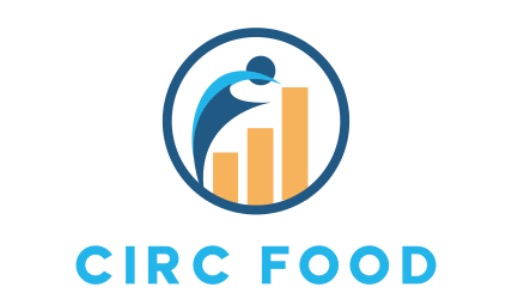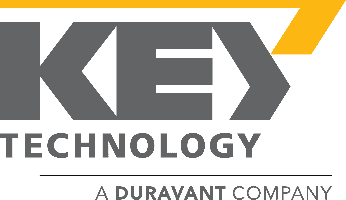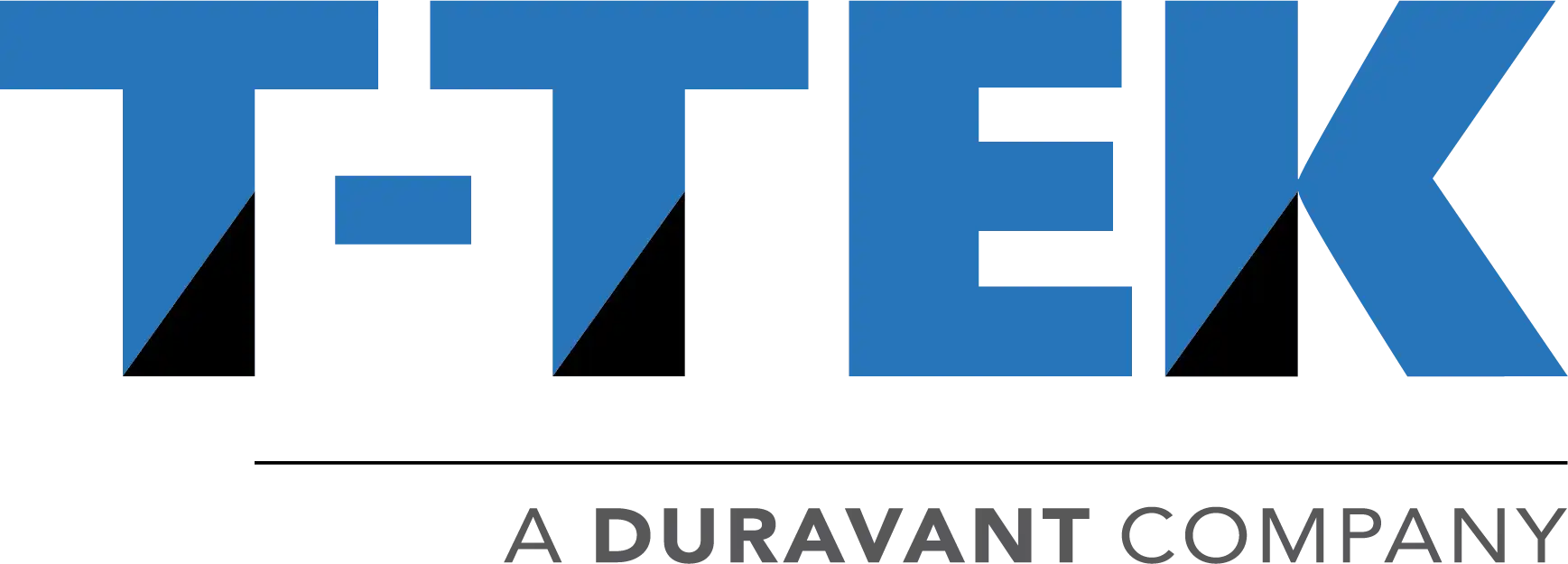Future of RFID Bluetooth Readers in 2025 Unlocking New Digital Types for Efficiency and Connectivity
As we look towards 2025, the future of RFID Bluetooth readers presents a transformative landscape for efficiency and connectivity across various industries. These innovative devices are expected to integrate advanced technologies, enhancing data exchange and operational productivity. The RFID Bluetooth reader stands at the forefront of this evolution, offering a seamless combination of radio frequency identification and Bluetooth capabilities that streamline processes and improve communication between devices.
The growing demand for real-time data collection and inventory tracking solutions has significantly impacted the development of RFID Bluetooth readers. By incorporating automation and enhanced connectivity features, these devices are poised to revolutionize how businesses manage assets, streamline supply chains, and optimize customer experiences. The ongoing advancements and integration of artificial intelligence and the Internet of Things (IoT) are set to further amplify the capabilities of RFID Bluetooth readers, making them indispensable tools for businesses striving for operational excellence.
In this article, we will explore the top 10 anticipated advancements and trends for RFID Bluetooth readers in 2025. By unlocking new digital types, organizations can capitalize on the potential these technologies offer, fostering a future where efficiency, connectivity, and innovation reign supreme.
The Rise of RFID Bluetooth Readers: A Game Changer for 2025
The integration of RFID technology with Bluetooth readers marks a significant evolution in the realm of connectivity and efficiency for 2025. As businesses increasingly rely on real-time data for operational excellence, the rise of RFID Bluetooth readers emerges as a game changer. These devices not only enhance inventory management but also streamline processes across various sectors, from retail to logistics. Their ability to communicate wirelessly over short distances facilitates quick data transfers and reduces the complications associated with traditional scanning methods.
Moreover, the convergence of RFID and Bluetooth opens new avenues for data collection and analysis. With the potential to accurately track assets and monitor conditions, organizations can make informed decisions that enhance productivity. As this technology matures, we can expect to see innovative applications that utilize the strengths of both RFID and Bluetooth, ultimately pushing the boundaries of what’s possible in smart technology integration. The future looks promising, as businesses adapt to the increasing demands for efficiency and connectivity in an ever-evolving digital landscape.
Innovative Applications for Enhanced Efficiency in Digital Infrastructure
The integration of RFID and Bluetooth readers is poised to revolutionize digital infrastructure by fostering enhanced efficiency and connectivity in various sectors. By 2025, the innovative applications of these technologies will facilitate seamless data transfer and improve real-time tracking capabilities. In industries such as retail and logistics, businesses can leverage RFID and Bluetooth synergy to streamline inventory management, allowing for accurate stock visibility and rapid response to demand fluctuations. This adaptability will not only minimize errors but also significantly reduce operational costs.
Moreover, as smart cities continue to emerge, RFID and Bluetooth readers will serve as critical components in the infrastructure that supports IoT devices. These technologies will enable improved communication between devices, leading to smarter resource management, such as optimized energy consumption and enhanced public safety measures. The potential for interconnected systems will create a more responsive urban environment, where real-time data can inform decision-making processes across various sectors, from transportation to healthcare. As organizations become more data-driven, the role of RFID and Bluetooth readers will become increasingly vital in fostering a cohesive digital ecosystem.
Boosting Connectivity: How RFID Bluetooth Readers Transform Data Sharing
The advancement of RFID Bluetooth readers is poised to significantly enhance data sharing by facilitating seamless connectivity between devices. As industries increasingly adopt these technologies, the efficiency of data transfer will reach new heights. RFID Bluetooth readers not only eliminate the need for physical contact but also allow for rapid and accurate data exchange, catering to various applications from inventory management to access control. This transformation in connectivity is set to redefine the user experience, enabling real-time data collection and monitoring.
In 2025, the integration of RFID Bluetooth readers with other digital technologies promises to unlock new possibilities in various sectors. These devices will play a crucial role in powering smart environments, where the Internet of Things (IoT) becomes more prevalent. By utilizing advanced functionalities, businesses can streamline operations, enhance customer interactions, and optimize resource allocation. The future landscape will involve improved data analytics capabilities, helping organizations make informed decisions based on real-time insights derived from enhanced connectivity solutions.
Integrating RFID Bluetooth Readers with IoT Technology for Smart Solutions
The integration of RFID Bluetooth readers with IoT technology is poised to revolutionize the way we interact with our digital environments by 2025. As smart devices proliferate, these RFID Bluetooth readers will serve as critical nodes, collecting and disseminating data seamlessly across various platforms. This enhanced connectivity will empower organizations to monitor inventory, track assets, and improve operational efficiencies in real-time, leveraging the immediate data transfer capabilities that RFID technology provides.
Moreover, the combination of RFID Bluetooth readers and IoT will facilitate smarter solutions in diverse sectors, from retail to healthcare. Imagine a retail floor where RFID-enabled smart shelves automatically track stock levels and notify staff when items need restocking. In healthcare, patient monitoring systems could utilize RFID technology to improve the accuracy of patient data while ensuring that the resources are allocated efficiently. The marriage of these technologies will not only streamline processes but will also foster a more connected and responsive ecosystem, ultimately driving innovation and enhancing user experiences across various industries.
Future Challenges and Opportunities for RFID Bluetooth Reader Adoption in 2025
The landscape of RFID Bluetooth readers is set to evolve significantly by 2025, with numerous challenges and opportunities impacting their adoption. One major challenge lies in interoperability. As various industries implement diverse RFID systems, ensuring compatibility across platforms becomes essential. Organizations must prioritize adopting standardized technologies to enable seamless data exchange and enhance connectivity.
Tips: Consider investing in training for your team focused on emerging RFID technologies and their applications. This will ensure everyone is equipped to leverage these advancements efficiently.
Moreover, privacy concerns continue to pose challenges as businesses integrate RFID systems into their operations. Consumers are increasingly aware of how their data is collected and used, leading to a demand for transparency and robust security measures. Addressing these concerns proactively can create trust and encourage wider acceptance of RFID Bluetooth readers.
Tips: Implement a clear privacy policy that outlines data handling practices, and communicate this effectively to your clients and stakeholders. This transparency can differentiate your brand in a competitive marketplace.









